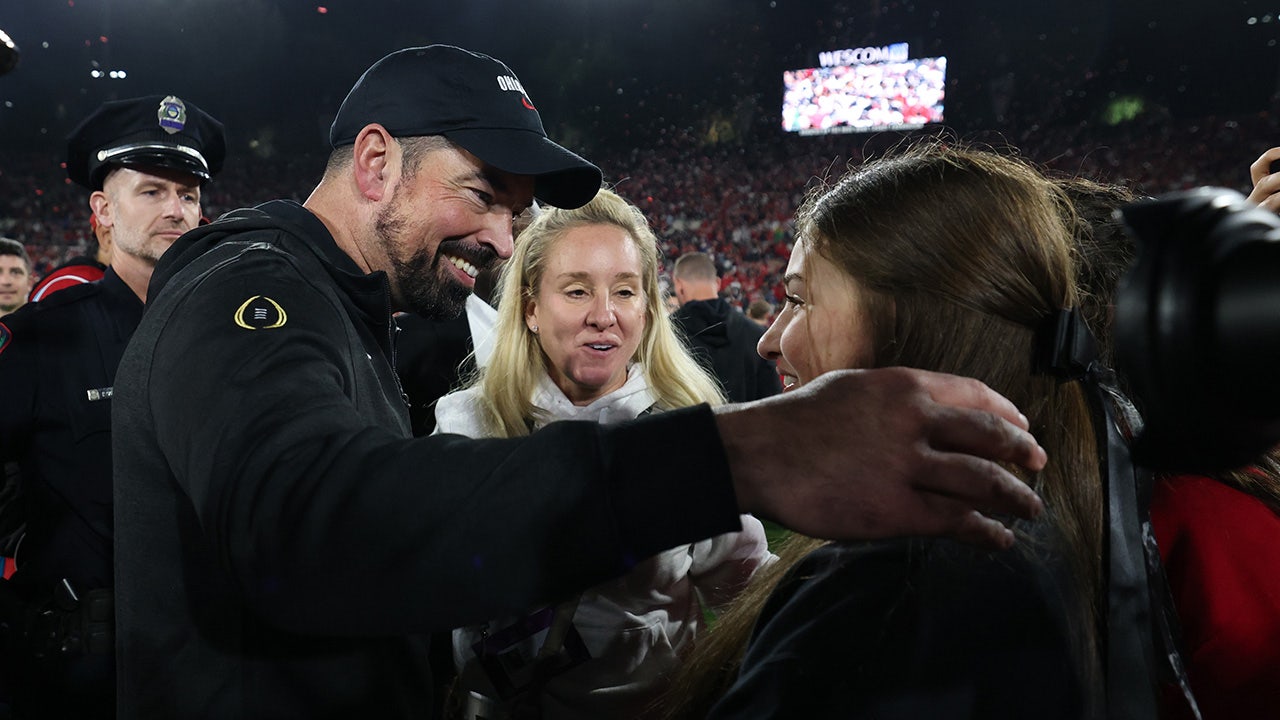Washington, D.C.’s newest pandas – Bao Li and Qing Bao – will officially be introduced to the public at the Smithsonian’s National Zoo on Friday.
Visitors will be able to see Bao Li and Qing Bao at the David M. Rubenstein Family Giant Panda Habitat, the large complex at the zoo that derives its name from Carlyle Group co-founder David Rubenstein and his family, where the bears have been settling in since arriving in the nation’s capital from China last year.
Rubenstein, worth $4.1 billion by Forbes’ measure, has long been a backer of the National Zoo and Conservation Biology Institute’s (NZCBI) giant panda conservation program.
Under the program, Smithsonian scientists “work to unravel the mysteries of panda biology and behavior, gaining crucial insights into their nutritional needs, reproductive habits and genetic diversity,” according to the NZCBI.
GIANT PANDAS ARRIVE AT NEW HOME IN WASHINGTON, DC ZOO VIA FEDEX: ‘PRECIOUS CARGO’
Rubenstein’s contributions to the program have totaled $22 million over the past thirteen years, the Smithsonian said. Most recently, in September, he promised a whopping $10 million for the zoo’s panda-related work.
That eight-figure donation, described as the “anchor gift” for NZCBI’s $25 million campaign to help cover costs of the program for the next decade, will “support efforts by Smithsonian and Chinese partners to innovate new techniques and pursue research to contribute to the health and welfare of giant pandas in human care and expand work critical to the conservation of giant pandas in the wild, including research on restoring native habitat and assessing impacts of climate change,” the Smithsonian said in a press release announcing the gift.
Conservations consider giant pandas to be a “vulnerable” species.
“The National Zoo’s panda program brings joy to millions of people today as it does the important work of understanding and preserving these magnificent creatures for generations to come,” Rubenstein said in September. “I am pleased to renew my support of this consequential program, a part of a larger Smithsonian campaign.”
“David Rubenstein’s long-term support has transformed our giant panda program and, in turn, the future of this magnificent species and its native habitat,” the NZCBI director Brandie Smith said, adding that Rubenstein “understands the work to save giant pandas is larger than one person, one organization or one nation.”
The large exhibit at the National Zoo where Bao Li and Qing Bao are now living has been called the David M. Rubestein Family Giant Panda Habitat since 2011. The zoo gave it that name “in appreciation” of a $4.5 million gift he provided to the giant panda program that year, according to a press release from that time.
Bao Li and Qing Bao, both 3 years old, have been residing in the exhibit since mid-October.
The zoo inked a 10-year deal with the China Wildlife Conservation Association over the summer for “cooperative research and breeding,” paving the way for D.C. to receive the two bears, the NZCBI said in May. It involves a $1 million yearly fee for the NZCBI.
FedEx’s famous Panda Express jet brought the pair of pandas to the U.S. from China.
“The new @NationalZoo GIANT pandas are in DC!,” Rubenstein said on X when they arrived. “Go #pandas Go @Orioles.”

In the lead-up to Bao Li and Qing Bao going on display on Friday, small groups “including Zoo staff, volunteers, members and other stakeholders have been visiting the pandas and helping them acclimate to the sights, sounds and smells of crowds,” the Smithsonian said earlier this month.
The zoo’s popular “Giant Panda Cam” is slated to return for “virtual visitors” after the bears become viewable to the public. That camera network is being sponsored by Boeing.
In October, the Smithsonian said it expected to welcome “thousands” of people at the zoo daily.














